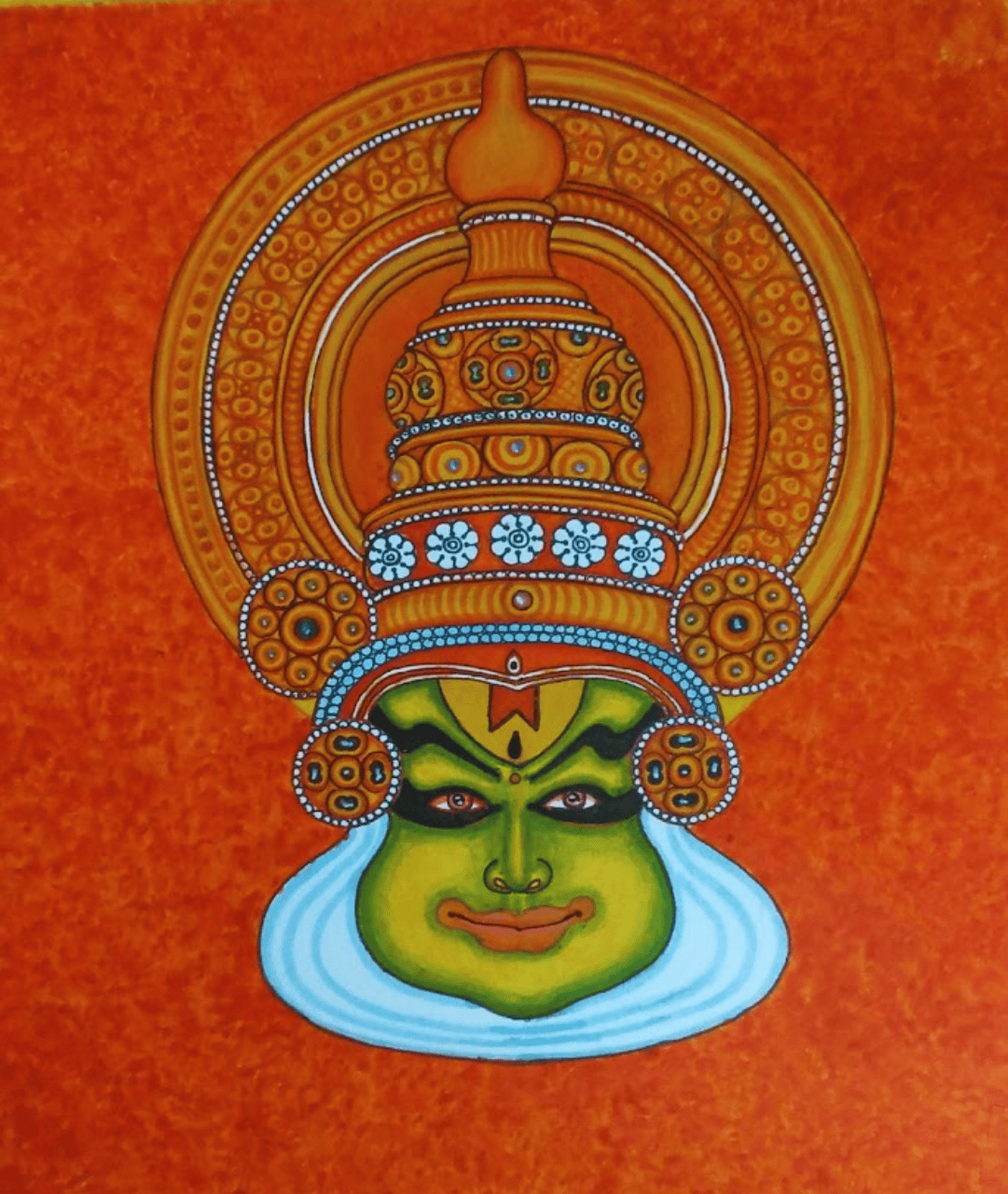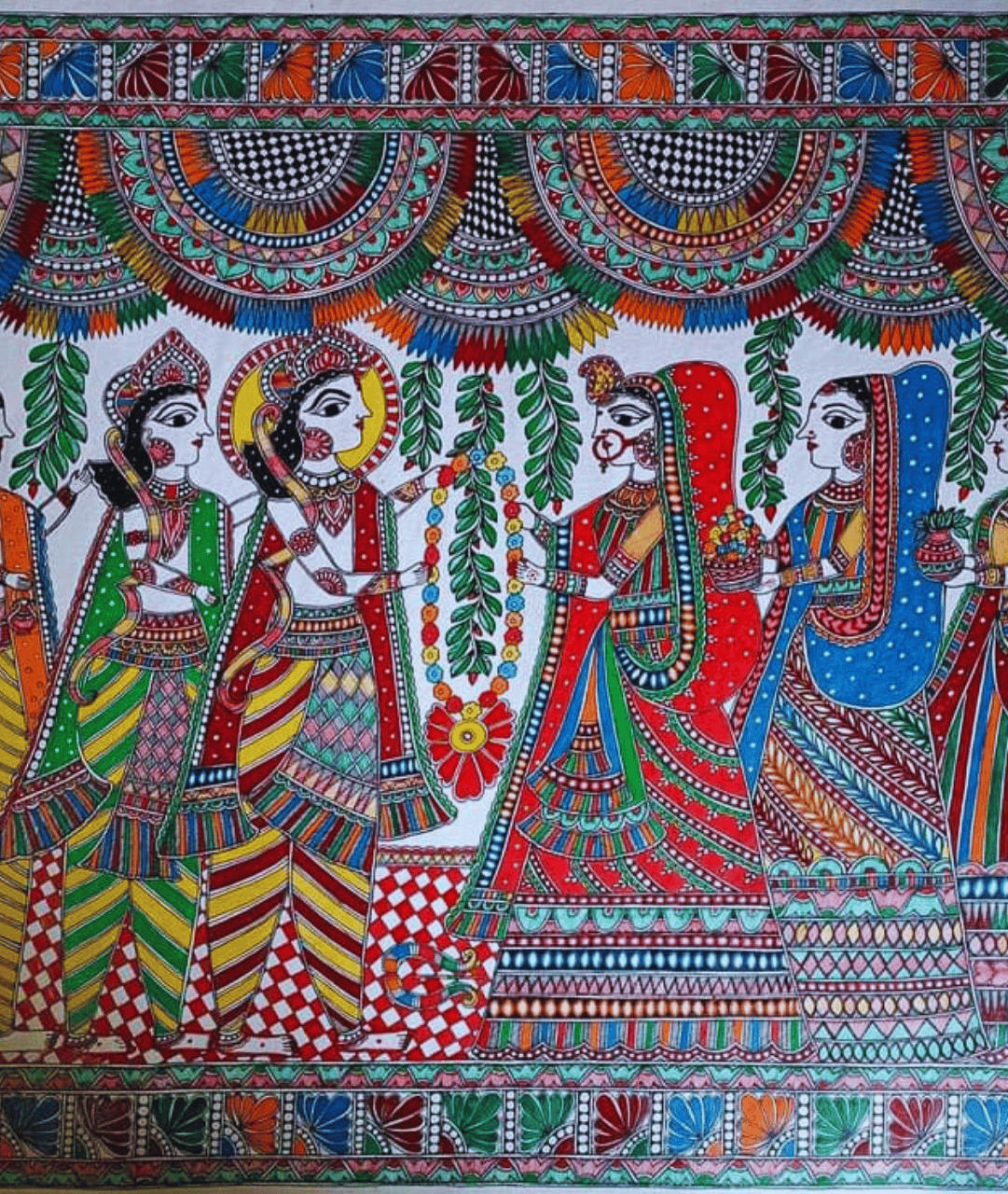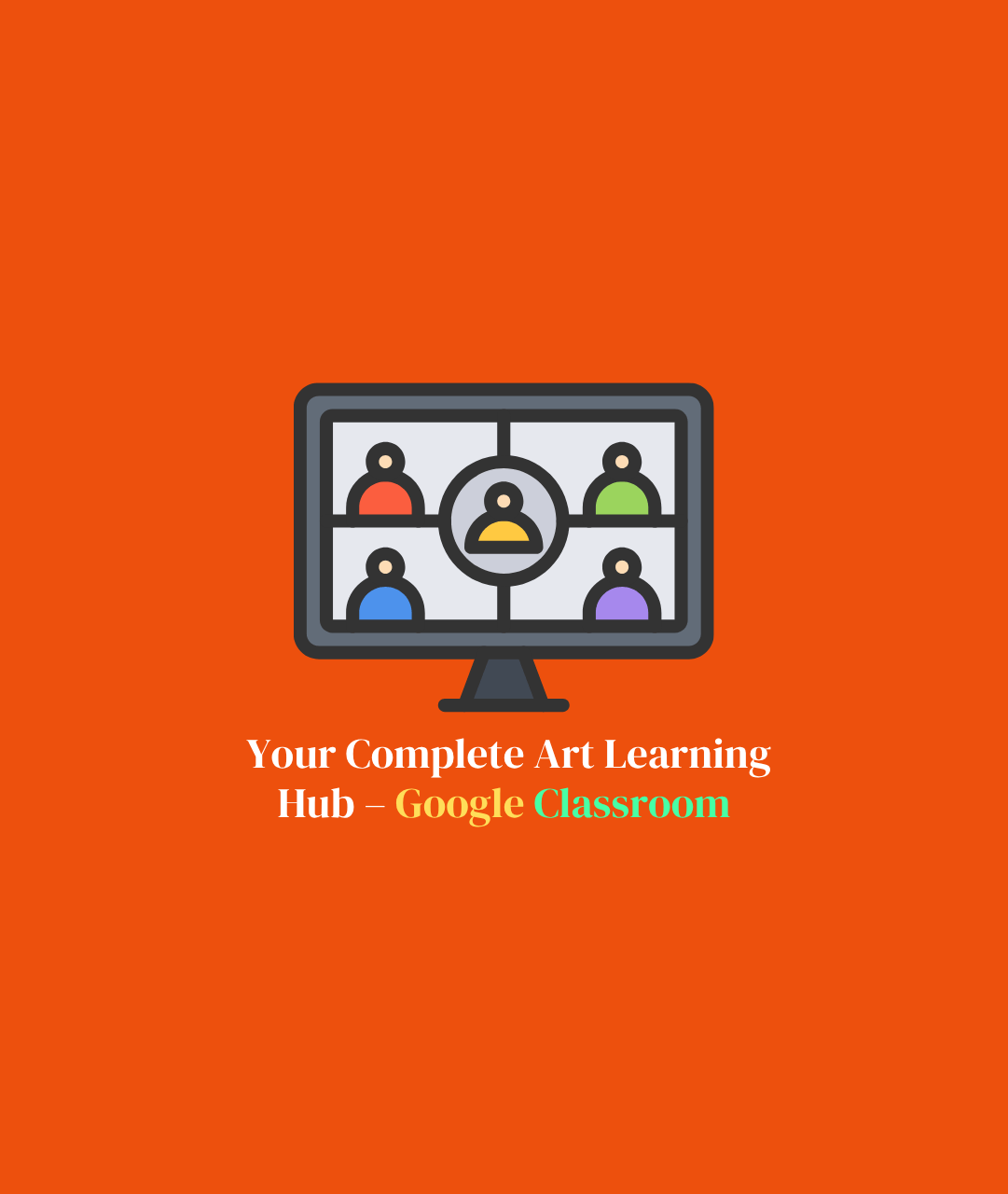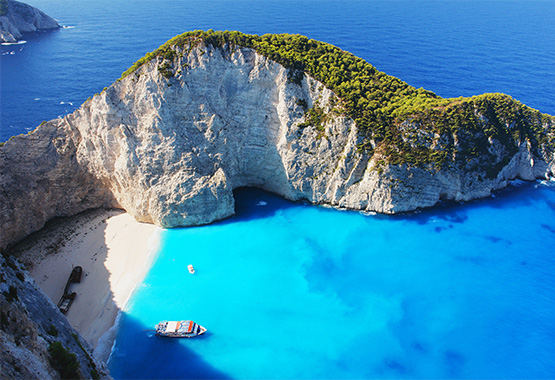India boasts a treasure trove of diverse art forms, each reflecting the vibrant cultures and rich traditions of different regions. From the intricate miniature masterpieces of Rajasthan to the bold tribal strokes of Warli art, each region tells its own story with a brush. In Kerala, gods and goddesses dance on temple walls, while in Tamil Nadu, gold leaf adds shimmer to divine portraits. Traditionally, most of the Indian painting styles existed as wall paintings or murals. In due course of time, urbanisation brought these painting forms on paper, canvas, and cloth etc. Indian painting styles are not just a reflection of the indigenous lifestyle but a perfect example of artistic expression through simple yet distinct compositions. Some of the popular art forms of India are:
Madhubani painting
A celebrated style of folk painting from India, this art style is a form of wall art that originated in the Mithila region of Bihar. This spectacular folk art style was unknown to the outside world until discovered by the British colonial William G. Archer in 1934 while inspecting the damage after the massive Bihar earthquake.Madhubani paintings often feature figures with prominent outlines, such as bulging eyes and pointed noses. Traditionally, Madhubani paintings leave no empty space, filling the entire canvas with flowers, birds, animals, and other imagery. Bharni, Katchni, Tantrik, Godna, and Kohbar are the five distinct styles of Madhubani painting.
Warli painting
This ancient Indian art is a 2500-year-old tradition. Warli paintings of the Thane and Nasik areas of Maharashtra are closely linked with nature and social rituals of the tribe. The artist uses circles, triangles, and squares to represent different elements of nature. Warli art depicts social life, including day-to-day activities of village people, cultural traditions, and economic activities.Traditionally, women used twigs to draw lively designs with rice paste on mud walls of tribal houses to mark celebrations of harvests or weddings. Simple geometrical patterns in white against a red or yellow surface are used to depict everyday life scenes.
Gond painting
A type of folk and traditional art form of India, practised by one of the largest tribes in India. These vibrant paintings are created with a series of intricately arranged dots and dashes. These lines and dots technique gives the painting a sense of movement and dynamism. Gond paintings are known for their use of vibrant colours, which are naturally derived from plant sap, leaves, coloured soil, charcoal, and sometimes cow dung. In today’s times, Gond art has moved beyond being a tribal art style with nameless artists to having internationally acclaimed artists like Jangarh Singh Shyam, Venkat Shyam, Bhajju Shyam, Durga Bai Vyam to name a few.
Kalighat paintings
This is a relatively new form of Indian art, which originated in the 19th century in West Bengal, in the environs of Kalighat Kali Temple, near Calcutta (now Kolkata). Kalighat painting was practised by artisans from the Patua community between the mid-nineteenth and early twentieth century. The paintings were made on mill-paper treated with a paste of lime, on which watercolours were dabbed using a large brush or a rag. The pigments used were derived from a mix of natural and industrial sources, including black from lampblack, red from lead, yellow from arsenic and blue from indigo.The paintings are characterised by bold outlines, bright colours, expressive depictions, rounded, tapering limbs, pointed faces with small mouths and unique pictorial form.
Pattachitra
Pattachitra, literally meaning "pata" (cloth) and "chitra" (painting), is a captivating folk art form that originated in Odisha, India. Pattachitra traditionally served as a storytelling medium. Pattachitra is predominantly icon painting. A floral border is a must around the paintings, and so is the use of natural colours. The paintings are executed primarily in profile with elongated eyes.
Pichhwai
The Indian art of Pichwai originated as wall hangings behind the main deity in Krishna temples in Nathdwara. They narrate stories related to Lord Krishna. Gradually with commercialisation secular themes are also incorporated in the Pichwai style of painting. Picchwais are colourful and intricate works of art with concealed symbolism in the artistic motifs. This distinct devotional art practice has passed from one generation to another and a fine example of spirituality in art.
Miniature
The Miniature painting style came to India with the Mughals in the 16th century and is identified as an important milestone in the history of Indian art. Miniature paintings are small, intricate, and detailed works of art. They are known for their precise details and often require a steady hand and fine brushes to create. Stylish figures with heavy gold outlines, enlarged eyes, and square shaped hands. Strong and vibrant colours of inks and dyes were used. Across India, the miniature painting style has developed into distinct schools of miniature paintings like Kangra, Rajasthan, Malwa, Pahadi, Mughal, Deccan etc. to name a few.
Kerala Murals
Although the 200-year-old paintings are unusual, Kerala paintings are more stylistic than technical ones. The murals are usually five colours with their dark and light colours. Red, yellow, black, white, and green are the main colours in the wall paintings as well as in the cell painting. Kerala mural paintings are known for their bright colours, bold outlines, and symbolism from mythology. They also recount some legendary heroes of the bygone era. This traditional art style dates to the seventh and eighth century AD and is characterised by vivacious imagery, bold strokes, and vivid colours.
Indian folk art and crafts have a rich cultural heritage that showcases the diversity of Indian culture. These art forms have been passed down through generations, and they continue to play a vital role in preserving India's cultural identity. Each of these art forms has its own unique style, history, and significance, and they have influenced modern art and design. Indian folk art and crafts are an essential part of Indian culture, and they will continue to play an important role in preserving India's cultural heritage for generations to come.





























